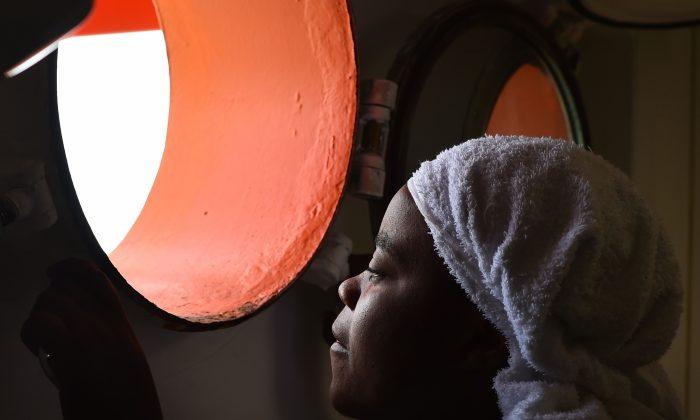Danish government lobbyists are busy at work in Brussels. A new European Commission proposal seeking to ban non-native plants and animals in the EU might include the North American mink. The semiaquatic carnivore is prized for its fur and heavily farmed in Denmark. Its introduction to Europe, however, has been linked to declines in European mink, Pyrenean desman, and water vole populations.
The Commission proposal, presented Monday, seeks to ban the most dangerous non-native plants and animal from entering the EU. Experts say there are over 12,000 non-native species in Europe, which represent one of the greatest threats to the continent’s biodiversity, with only habitat loss estimated to cause more harm. Alien species often have no natural predators and can quickly overtake an area, menacing native plants and animals, either directly or indirectly by throwing the ecosystem out of balance.
Officials estimate that invasive species cost Europe from €12-20 billion year, as they can cause damage to infrastructure, agriculture and human health. An Irish report found that the cost of invasive species to the British agriculture industry alone came to £620 million in annual losses to a range of crops, due mainly to plant pathogens and animal pests.
The American mink was introduced in Europe during the 1920s-1930s by the Soviet Union and has been implicated in the decline of its European counterpart. The larger American male often mates with European females earlier in the spring than the males of the same species. The offspring are not born, but it prevents the females from breeding again that season. The American Mink has also been implicated in the decline of the Water Vole, particularly in the United Kingdom
While Commission officials say they cannot take on all non-native species at once, they have proposed to establish a list of the 50 “worst offenders” in cooperation with EU Member States. Governments will then be asked by the EU to identify the pathways through which alien species enter the country and to develop an action plan for how they will address the problem.
Denmark has reason to fear the inclusion of the North American mink on the invasive species list. The country is the largest mink producer in the world, with Danish farmers producing about 15 million mink annually. Kopenhagen Fur, an auction house, estimated that the country’s mink exports were worth €1.5 billion in 2012.
Danish Environment Minister Ida Auken told online newspaper Altinget, that the government would be actively following the negotiations. “There is a lot of guessing about what will end up on the EU’s invasive species list and which consequences this will have for Denmark,” she said, but added that, “we are only just now starting the negotiations…no-one knows which species will be on the list.”





Friends Read Free